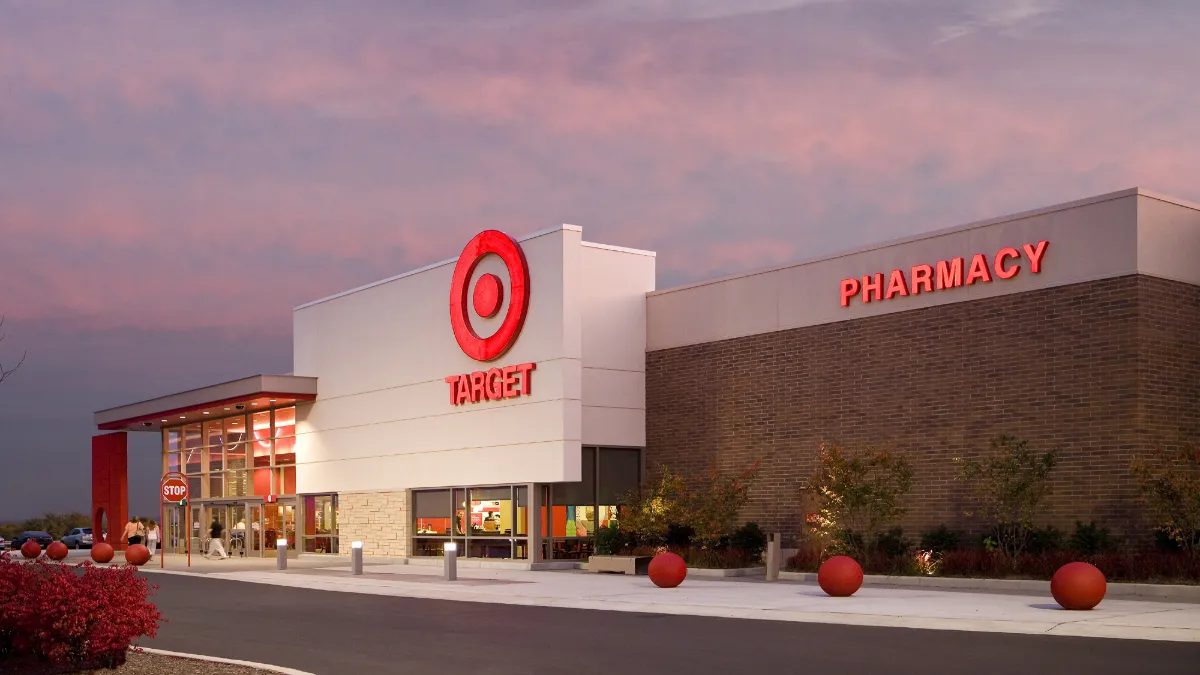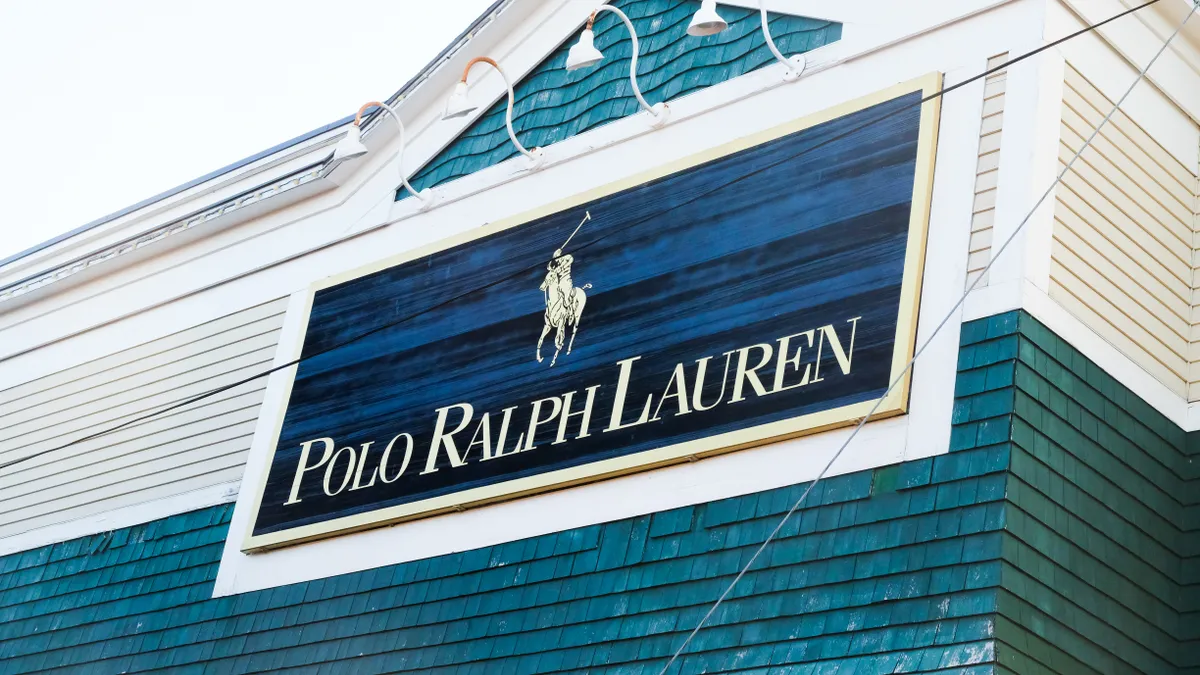Dive Brief:
- Target is testing a sortation center in Minneapolis in an effort to optimize fulfilling orders from its store locations, COO John Mulligan said on the company's earnings call Tuesday.
- The retailer plans to add five more sortation centers to its network in urban environments over the next year, Mulligan said.
- The model will allow stores to focus on fulfilling orders, which will be picked up by a Target-owned truck and transported to the sortation center. Once at the sortation center, the orders will be divided into different delivery routes for partner carriers that will then complete the last mile of delivery.
Dive Insight:
On Tuesday's earnings call, CEO Brian Cornell said Target's ability to flex up its network to handle the increased demand for store replenishment and order fulfillment proved the viability of its store-based fulfillment model that was not always seen as the right path by onlookers and analysts.
"We could just as easily have constructed additional fulfillment centers and driven the shift to digital sales with more ship-to-home capacity," Cornell said. "But, as you know, the economics were terrible, and we wouldn't have been differentiated. In short, we didn't see the textbook solution as scalable, or as likely to do what we've done."
Target executives have argued that the store-based fulfillment model allows its inventory to be more productive. It can fulfill demand across any of its omnichannel offerings, whether that's drive-up, in-store sales or online orders. Same-day services for Target — including order pickup, drive-up and Shipt — grew 212% YoY for the full year 2020, according to the company's earnings release.
Target plans to invest $4 billion through capital expenditures over the next few years, with some of that going toward supply chain overhauls such as the new sortation center model.
On the other end of the supply chain, it is also planning to test a new store-replenishment model. Replenishment was really pushed in 2020, as the company experienced high sales without the months of planning it usually gets for peak season, executives said. In Q4, 95% of Target's orders were fulfilled at the store level. When sales are high and stores are fulfilling them, replenishment is vital for ensuring that inventory is available.
"Our supply chain had to turn on a dime," Mulligan said. "We sent hundreds more deliveries than we planned every day to replenish stores fast and often."
The retailer uses predictive inventory-positioning tools and plans to expand that to more of its product assortment, Mulligan said.
"In 2020, when sales spiked, this capability allowed us to order and restock products 25% faster than using our old systems," he said.
Target did not open any new distribution centers between 2016 and 2020, instead focusing on increasing the productivity of its existing facilities. The retailer saw its average sales per square foot supported by its DCs increase 30% between 2016 and 2020.
"But after our business grew nearly 20% last year, with 95% of sales driven by our stores, it's time to expand our supply chain so we can support a much higher base of sales and continue growing," Mulligan said.
Target will open two new DCs in 2021: One that is close to the New Jersey/Delaware stateline, and another in Chicago.
Along with this additional capacity, the company will expand its investment in robotics and automation that the retailer has been testing separately over the last year. One solution, called Auto Re-bin that sorts individual items, has been rolled out to three warehouses with plans to expand to two more this year.
"The robotic solution we’ve been building in a Minneapolis market over the past few years is designed to sort and organize millions of individual units," Mulligan said last March. "It fills boxes with the exact amount of product we need in a store, so we keep the shelf full and the backroom clean."
It is also expanding the use of its robotic ship sorter that "sorts everything from boxes of individual items to entire cases of product," Mulligan said.
"This spring, we'll put both solutions in one warehouse to test how they bring more precision and speed to store replenishment," he said. "In Q4, we'll run them together on a small scale."
This story was first published in our weekly newsletter, Supply Chain Dive: Operations. Sign up here.















